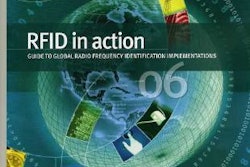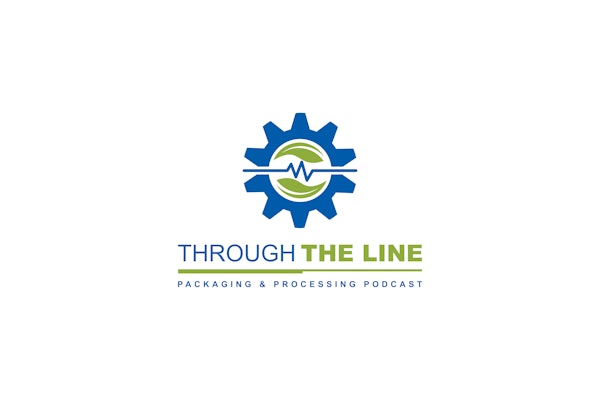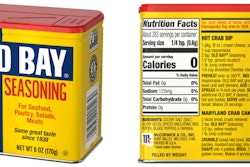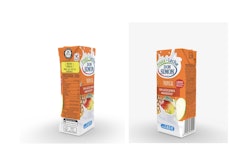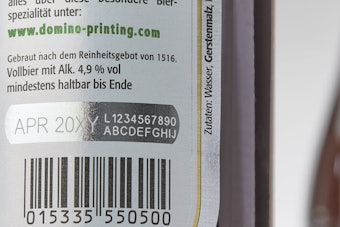• The Food, Drug and Cosmetic Act defines a label as information on the immediate container and does not include package liners. Labeling refers to all labels and “other written, printed, or graphic matter” on or “accompanying” a regulated product.
• Labeling must be truthful and complete. It may not be misleading in any respect. All required information must be clearly readable and understandable.
• Although the FDA does not define a minimum type size, generally 6-pt-type is the smallest acceptable for required information.
• Prohibited from use on medical device labeling are references to 510(k) clearance, false or misleading statements, undefinable superlatives such as superior, best, or strongest, and the term “hypoallergenic” for latex-containing devices.
• If only a distributor is named, it must be identified as “manufactured for…” or “distributed by…” or similar wording.
• Devices manufactured with components from multiple countries need to be labeled with the predominant source country. Yellin noted this is required by the U.S. Customs Service, not the FDA.
• At least one intended use of the device must be specified.
• Directions for use of over-the-counter devices should be such that a lay person could use the device safely for its intended purpose. Prescription devices, for which directions for lay persons cannot be written, must be labeled with indications for use, effects, routes, methods, frequency and duration of use, hazards, contraindications and precautions, as well as known side effects.
• A tricky one: If the labeling contains any representation in a foreign language, then all required words, statements, and other information must also appear on the labeling in that foreign language.
• Condoms, medical gloves, and latex-containing medical devices, Yellin said, represent products require special labeling.
• In-vitro diagnostic devices must be labeled as required by 21 CFR 809.10, and include proprietary and established names, intended use, the established name and quantity if it’s a reagent, and storage instructions for the reagent, the expiration date, information about deterioration, the name and address of the manufacturer, packer, or distributor, and the lot or control number.
For additional information and guidance, Yellin offered three Web sites:
For device advice, visit www.fda.gov/dcrh/devadvice/33.html.
For Write it right, visit www.fda.gov/cdrh/dsma/897.pdf.
For the Division of Small Manufacturers, International and Consumer Assistance, send an e-mail to [email protected].



